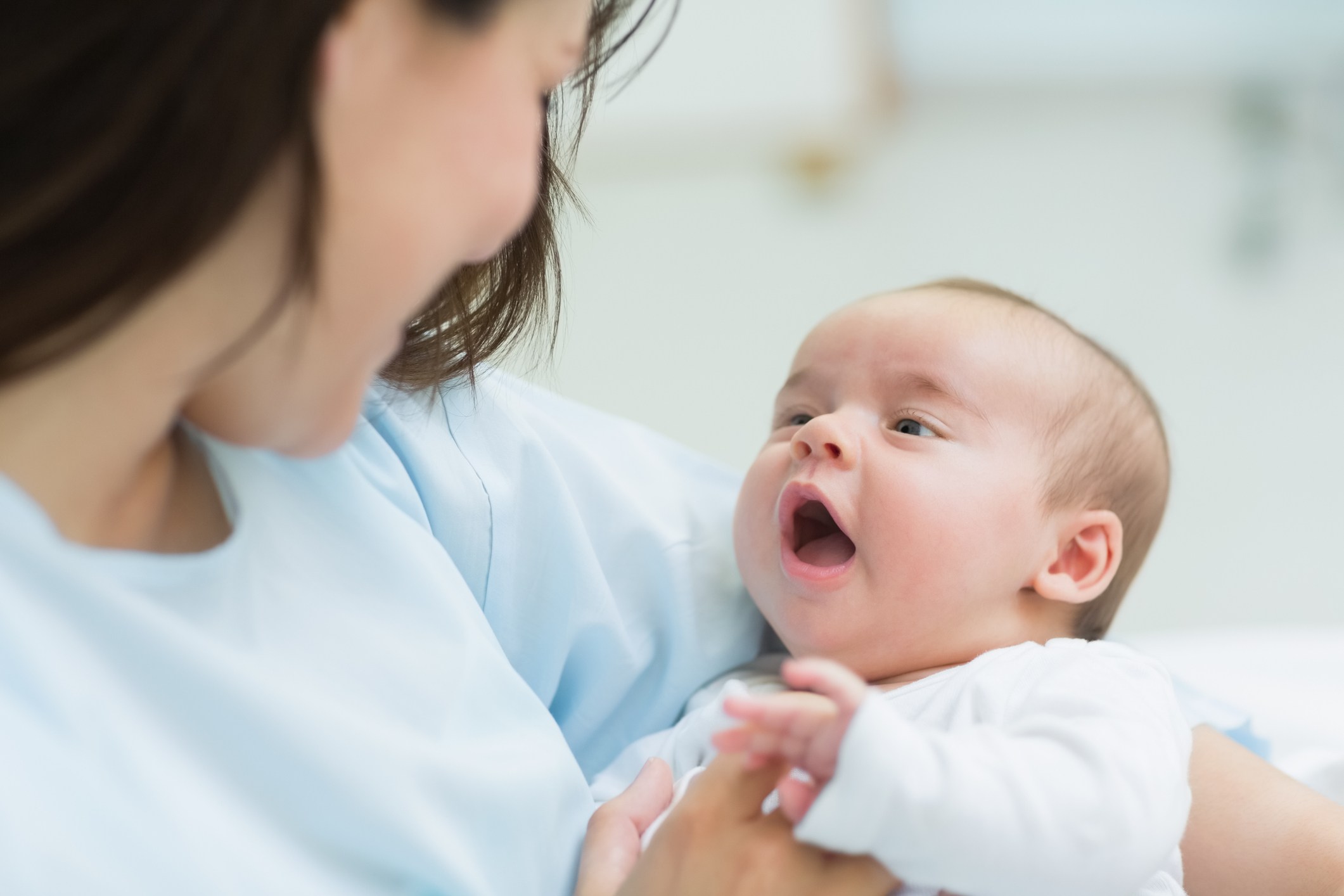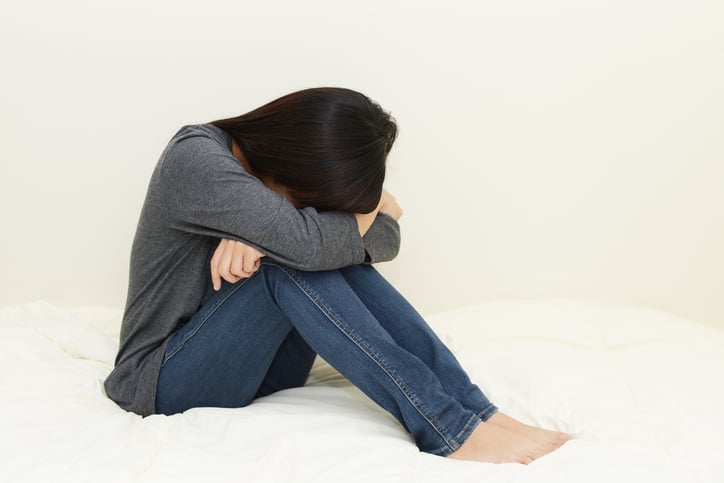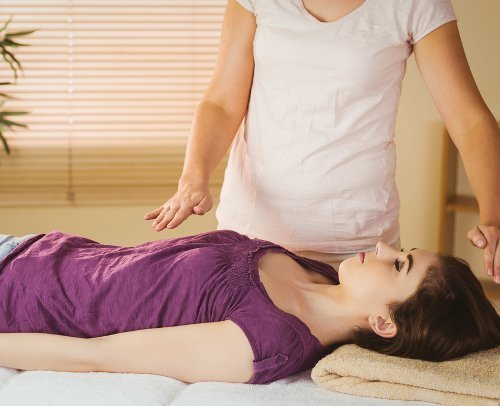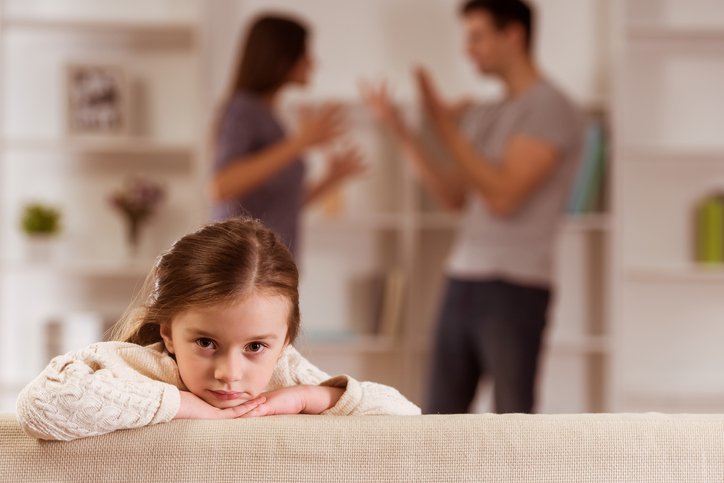Contents:
- Medical Video: Supraventricular Arrhythmias by Christine LaGrasta, MS, RN, CPNP PC/AC, for OPENPediatrics
- What is sinus arrhythmia?
- Is arrhythmias in children dangerous?
- When does arrhythmia in children need to be watched out?
- Do arrhythmias in children need to be addressed?
Medical Video: Supraventricular Arrhythmias by Christine LaGrasta, MS, RN, CPNP PC/AC, for OPENPediatrics
The human heart beats with certain regular beats. This knock is almost the same as the movement of seconds on the clock. However, if there are disorders of the cardiovascular system, the rhythm of the heartbeat can change. This is known as arrhythmia. Sinus arrhythmia is a type of arrhythmia and this is more common in children.
What is sinus arrhythmia?
Sinus arrhythmia has nothing to do with the nasal sinus cavity inside the face. Sinus here refers to sinoatrial or heart sinus nodes. This is the part of the heart that is located on the right heart portico, and acts as a natural "pacemaker" in regulating a person's heartbeat.
Sinus arrhythmia is divided into two, namely respirator and non-respirator. Respiratory sinus arrhythmias are the most common type of sinus arrhythmia, and are associated with pulmonary work reflexes and vascular systems, especially in children.
Whereas non-respiratory sinus arrhythmias are more common in the elderly who have heart disease, but how this has happened is uncertain.
Is arrhythmias in children dangerous?
Heart rhythms in children generally can vary depending on the age and activity of children. Resting heart rate generally decreases with age. The normal limit of heart rate in children is with the following ranges:
- Babies (0 - 1 year): around 100-150 heartbeats per minute
- Children under three years: 70 - 11 heartbeats per minute
- Children aged 3 - 12 years: 55 - 85 heartbeats per minute
Sinus arrhythmias in children are generally harmless because they are normal and occur when the heart rate tends to change easily following a breathing pattern. One reason that is thought to trigger sinus arrhythmias in children is the work efficiency of the heart in regulating the right amount of oxygen, so that in certain circumstances it can cause symptoms such as arrhythmias.
In the case of sinus arrhythmias, changes in heart rhythm occur when the process of breathing in causes the heart rate to increase, otherwise the heart rate decreases when exhaling. A child can be said to have sinus arrhythmias when the gap between one heartbeat and another has a difference of 0.16 seconds, especially when exhaling.
When does arrhythmia in children need to be watched out?
As in adults, arrhythmias can cause the heart to beat less effectively, so that blood flow from the heart to the brain and the whole body becomes disturbed. The effects of arrhythmia can be serious when the sufferer also feels symptoms:
- Dizzy
- The face looks pale
- Fatigue
- Limp
- Palpitations (heart rate so hard)
- Difficulty breathing
- Chest pain
- Loss of consciousness
- Children get angry easily
- Do not want to eat
Arrhythmias in children can be constant, appear and disappear at any time, but can also disappear as you age. Often the causes and symptoms and arrhythmias in children are unknown.
Do arrhythmias in children need to be addressed?
Generally, sinus arithmetic in children is harmless and will disappear by itself as adults. This is because at the age of children, a person's heart is still developing. The change in heart work during this period can indeed cause sinus arrhythmias.
Changes in heart rhythms that are higher or lower can depend on the condition and activity of the child. An increase in heart rate while playing or after playing is normal, if not accompanied by symptoms that interfere with activity.
In addition to sinus arrhythmias, the presence of other heart rhythm disorders in children is a sign of heart problems. Because the type of arrhythmia experienced by a child is quite difficult, it is certain that without an appropriate examination, you need to be careful if the changes in heart rhythm occur too quickly.
If the child has symptoms of arrhythmia, check for other factors such as a history of congenital heart disease, infection, imbalance in the body's chemicals, especially mineral salts, whether the child is having a fever, or being given certain drugs.
Sinus arrhythmia does not require specific treatment, as long as the condition of the arrhythmia experienced does not interfere with activity. If other causes that trigger arrhythmias are proven, treatment and control will be focused on that.












